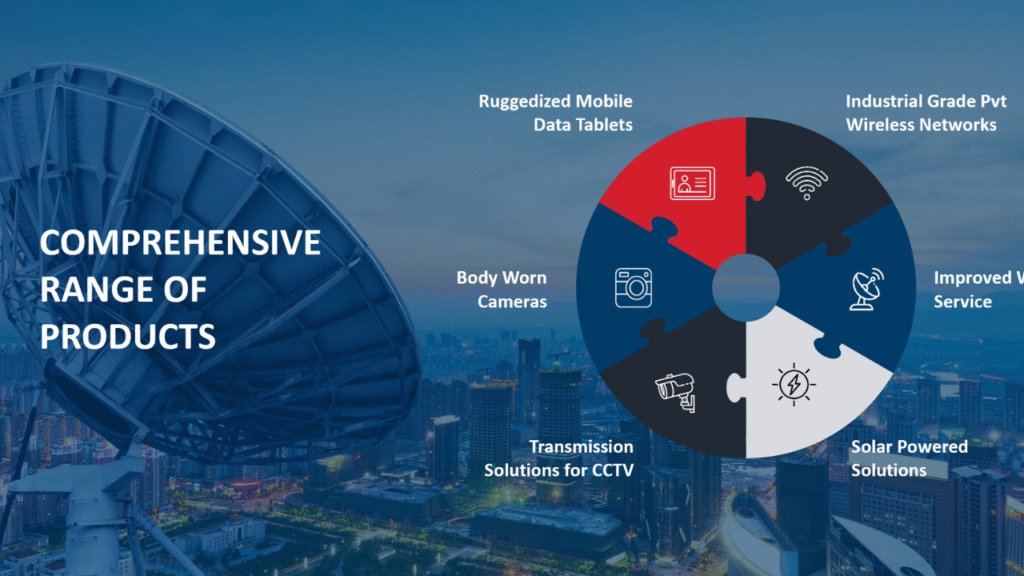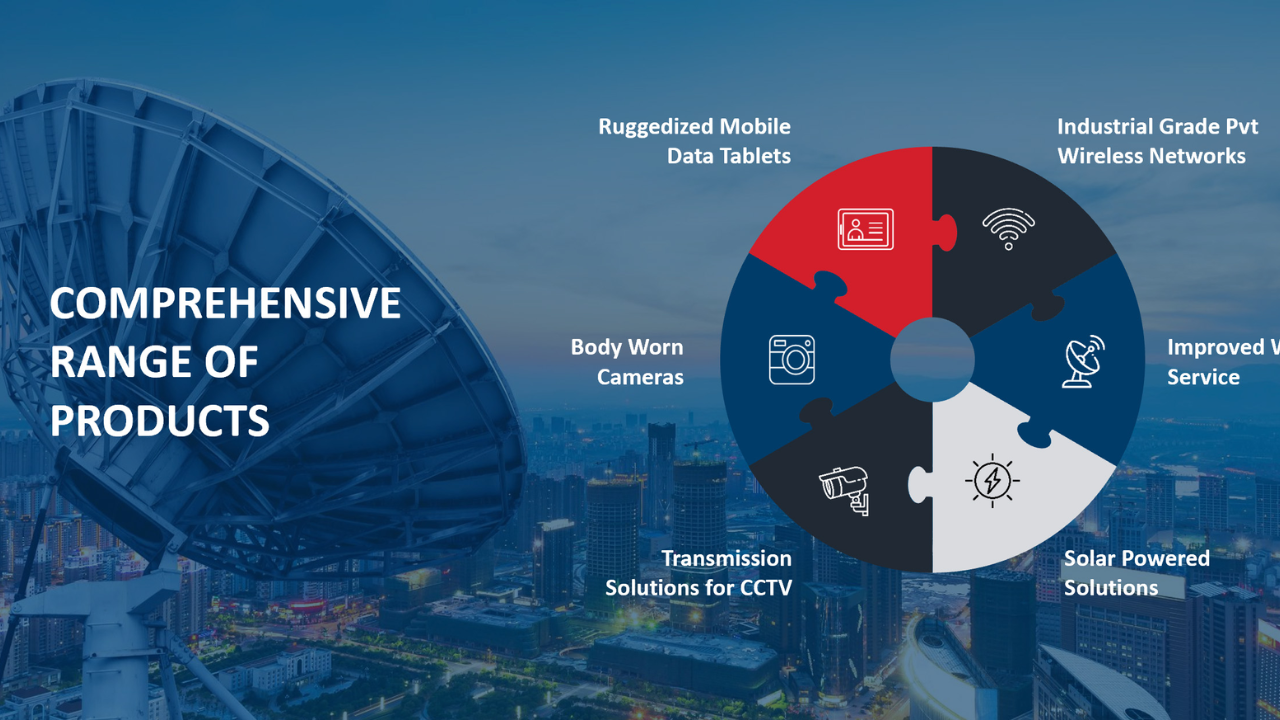
In today’s hyper-connected world, technology has become the cornerstone of progress. But while it has brought millions online, it has also highlighted — and in some cases worsened — the stark inequalities between the connected and the unconnected. The “digital divide” refers to the gap between those with easy access to digital technology and those without. As we move deeper into the digital age, the question remains: is technology truly bridging this gap or making it worse?
Understanding the Digital Divide
The digital divide isn’t just about owning a smartphone or a laptop — it encompasses access to reliable internet, digital literacy, and the ability to participate in the digital economy. Factors like income, geography, education, and age play a crucial role in determining who gets left behind.
How Tech Is Bridging the Divide
Despite concerns, technology has proven to be a powerful equalizer in many areas:
1. Affordable Devices
Companies are producing lower-cost smartphones, tablets, and laptops, bringing computing power into the hands of billions. Initiatives like Google’s Android One or low-cost Chromebooks are aimed at emerging markets.
2. Mobile Internet Expansion
With 5G and satellite-based services like Starlink, even remote areas are seeing faster and more reliable internet. Africa and Southeast Asia, traditionally underserved regions, are experiencing improved connectivity.
3. E-Learning and Online Education
Massive Open Online Courses (MOOCs), YouTube educational content, and mobile learning apps are providing quality education in remote and rural areas where traditional schooling is limited.
4. Digital Payment Systems
Mobile wallets and payment systems (like UPI in India, M-Pesa in Kenya) have brought financial inclusion to the unbanked, enabling access to credit, savings, and insurance.
5. Government and NGO Interventions
Public-private partnerships are investing in digital infrastructure. Programs like India’s “Digital India” and the U.S.’s “Affordable Connectivity Program” aim to subsidize internet access and distribute digital devices.
How Tech Is Widening the Divide
While progress is evident, the gap is also deepening in several critical ways:
1. High-Speed Internet Disparity
Urban areas are seeing fiber-optic internet and 5G, while rural or underserved communities still rely on spotty 3G or satellite connections.
2. Digital Literacy Gap
Many people — especially the elderly and low-income populations — lack the skills to fully use the technology. Simply having access doesn’t mean they can use it effectively.
3. Algorithmic Bias and Data Exclusion
AI systems can reinforce existing social inequalities. If training data lacks representation from diverse communities, the resulting systems may fail to serve everyone fairly.
4. Cost of Continuous Upgrades
Tech evolves rapidly. Staying up-to-date requires money. Individuals and institutions with limited budgets are unable to maintain current hardware or software.
5. Platform Centralization
A handful of big tech companies control access to critical online infrastructure, raising concerns about monopolistic practices that may restrict innovation or affordable access.
Key Examples: Bridging vs. Widening
| Category | Bridging the Divide | Widening the Divide |
|---|---|---|
| Internet Access | Starlink offering satellite access in rural areas | Urban 5G rollouts ignoring rural infrastructure |
| Education | Free courses from Khan Academy, Coursera | Poor regions lack devices or electricity |
| Finance | UPI enabling microtransactions | Online fraud disproportionately hits low-literacy users |
| Employment | Remote work and gig platforms create income | Automation replacing low-skill jobs |
| Health | Telemedicine reaching remote patients | Lack of internet prevents digital health access |
Overview Table
| Aspect | Bridging Impact | Widening Impact | Example |
|---|---|---|---|
| Device Affordability | Low-cost smartphones | High-end tech still out of reach | Android One |
| Internet Infrastructure | Satellite and mobile broadband | Rural areas lag in fiber coverage | Starlink |
| Digital Education | MOOCs and learning apps | Device/internet gaps in schools | Coursera in rural India |
| Financial Access | Mobile wallets and microfinance | Online scams and tech illiteracy | M-Pesa |
| AI and Automation | Smart tools increase productivity | Job loss due to automation | AI call centers |
| Digital Literacy Programs | Community-based tech training | Many lack ongoing support or awareness | Libraries offering classes |
Conclusion
The digital divide remains a double-edged sword. While technology has immense power to include, educate, and empower, it also risks excluding those who can’t keep pace. The real challenge isn’t just deploying tech but making it equitable. Governments, companies, and civil society must work hand-in-hand to ensure that the benefits of digital transformation are shared by all — not just the privileged few.
3 One-Line FAQs
Q1: Can technology truly eliminate the digital divide?
Not alone — it must be combined with education, policy, and inclusive infrastructure.
Q2: Who is most affected by the digital divide today?
Rural populations, the elderly, low-income households, and marginalized communities.
Q3: How can we bridge the digital divide effectively?
Through affordable access, digital literacy, inclusive design, and public-private partnerships.

